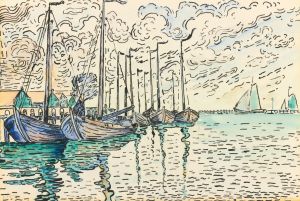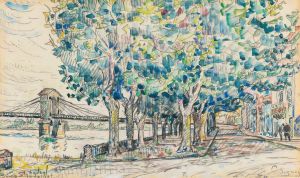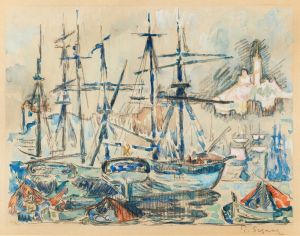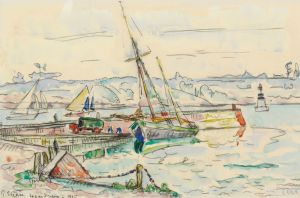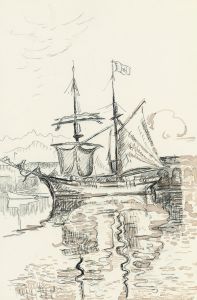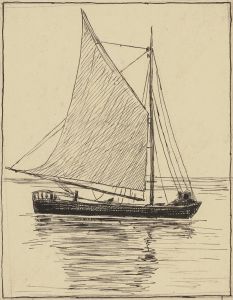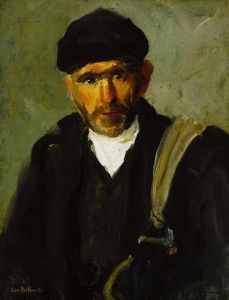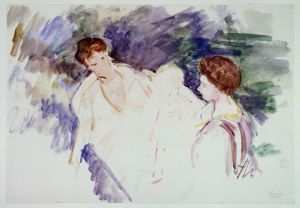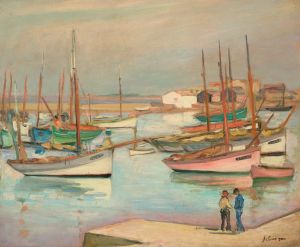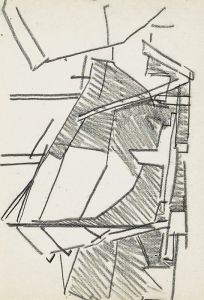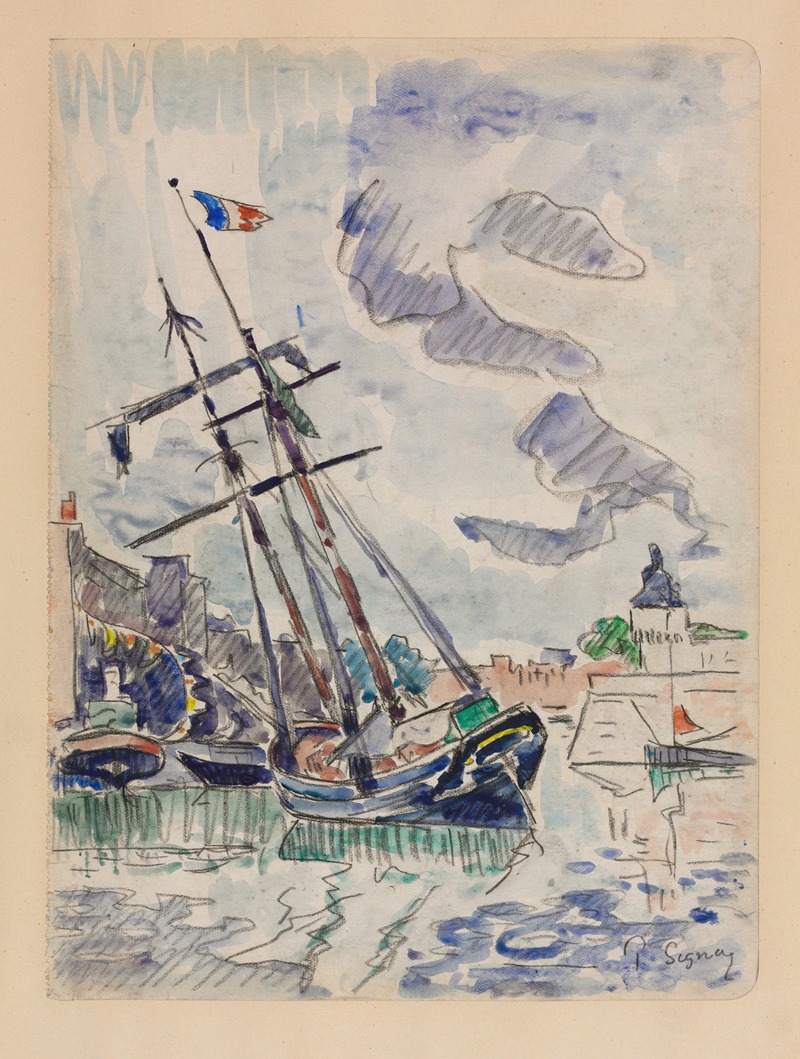
Boat in Port
A hand-painted replica of Paul Signac’s masterpiece Boat in Port, meticulously crafted by professional artists to capture the true essence of the original. Each piece is created with museum-quality canvas and rare mineral pigments, carefully painted by experienced artists with delicate brushstrokes and rich, layered colors to perfectly recreate the texture of the original artwork. Unlike machine-printed reproductions, this hand-painted version brings the painting to life, infused with the artist’s emotions and skill in every stroke. Whether for personal collection or home decoration, it instantly elevates the artistic atmosphere of any space.
Paul Signac's "Boat in Port" is a notable example of the artist's work in the Neo-Impressionist style, which he helped pioneer alongside Georges Seurat. Signac, born in 1863 in Paris, was a key figure in the development of the Pointillist technique, a method characterized by the application of small, distinct dots of color that are applied in patterns to form an image. This technique was part of a broader movement known as Divisionism, which sought to achieve greater luminosity and vibrancy in painting.
"Boat in Port" exemplifies Signac's fascination with maritime themes, a subject he frequently explored throughout his career. Signac was an avid sailor, and his love for the sea is evident in many of his works. His paintings often depict harbors, boats, and the play of light on water, capturing the dynamic interplay of color and light that is a hallmark of his style.
In "Boat in Port," Signac employs his signature Pointillist technique to create a vibrant and dynamic scene. The painting likely features a harbor setting, with boats at rest, their reflections shimmering in the water. Signac's use of color is particularly noteworthy; he often used complementary colors to enhance the vibrancy of his compositions. The careful placement of dots allows the viewer's eye to blend the colors optically, creating a luminous effect that is both vivid and harmonious.
Signac's work is deeply rooted in the scientific theories of color and perception that were popular in the late 19th century. Influenced by the color theories of Michel Eugène Chevreul and Ogden Rood, Signac and his contemporaries believed that separate touches of pure color could interact in the viewer's eye to produce a more intense and vibrant effect than traditional methods of blending pigments on a palette.
Throughout his career, Signac remained committed to the ideals of Neo-Impressionism, advocating for the movement through his writings and his role as a mentor to younger artists. His theoretical work, "From Eugène Delacroix to Neo-Impressionism," published in 1899, outlines the principles of the movement and underscores his belief in the scientific approach to art.
"Boat in Port" is a testament to Signac's mastery of the Pointillist technique and his ability to convey the beauty and tranquility of maritime scenes. The painting reflects his dedication to capturing the ephemeral qualities of light and color, a pursuit that defined much of his artistic output.
Signac's influence extended beyond his own work; he played a significant role in the development of modern art, inspiring artists such as Henri Matisse and André Derain, who would go on to form the Fauvist movement. His innovative approach to color and composition continues to be celebrated for its contribution to the evolution of modern art.
While specific details about "Boat in Port" such as its exact date of creation or current location may not be readily available, the painting remains an important part of Signac's oeuvre, illustrating his enduring fascination with the sea and his commitment to the principles of Neo-Impressionism.






